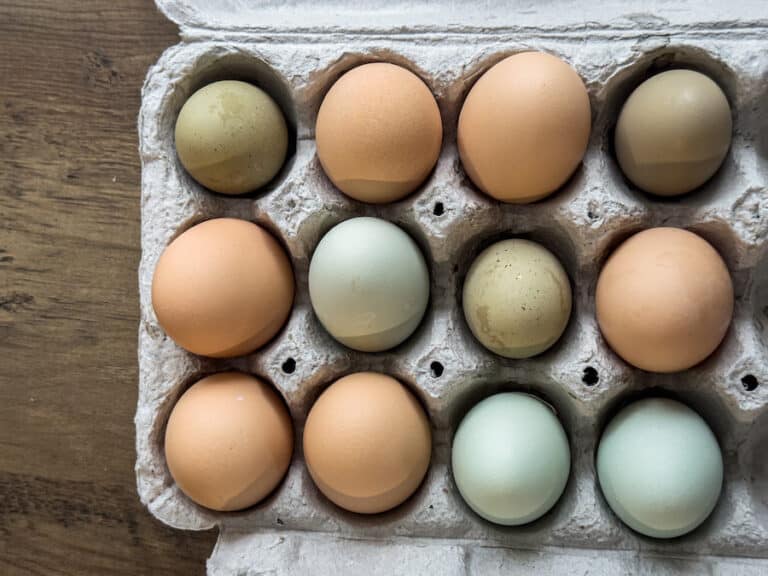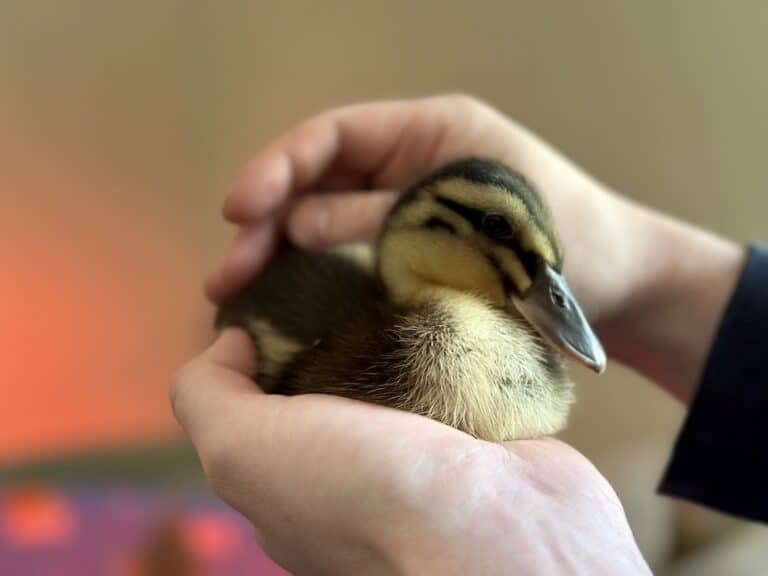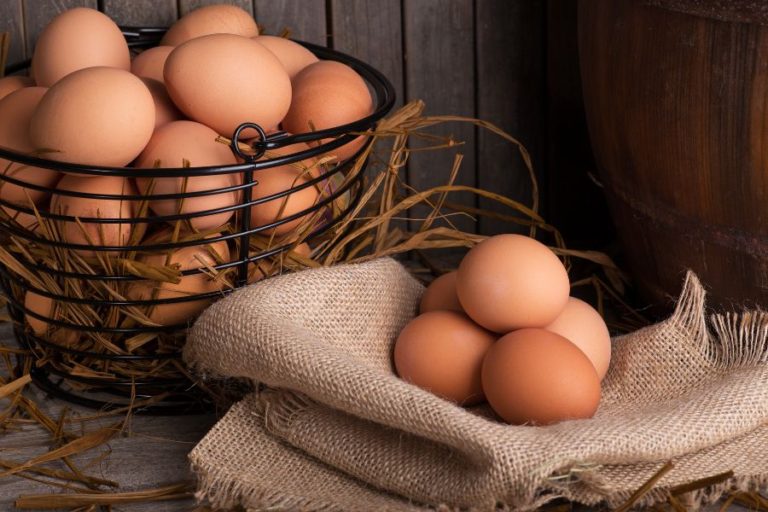How To Do The Deep Litter Method for Chicken Coops

The Deep Litter Method is an efficient and cost-effective way to manage chicken coop bedding while simultaneously repurposing it around your homestead. It harnesses the natural composting process, providing warmth, reducing waste, and offering an excellent source of nutrient-rich compost for your gardening needs. By following the proper procedures, you can maintain a clean and healthy coop environment while minimizing your workload.
Disclaimer: This article includes affiliate links. If you click one of them, we may receive a small percentage of the sale at no extra cost to you. Thank you for your support!
Table Of Contents
- What Is The Deep Litter Method?
- Benefits Of The Deep Litter Method
- How To Do The Deep Litter Method
- When To Implement The Deep Litter Method
- Ways To Reuse Deep Litter Bedding
Related Homestead Fox Articles:
Best Bedding For Chicken Coops
What Is The Deep Litter Method?
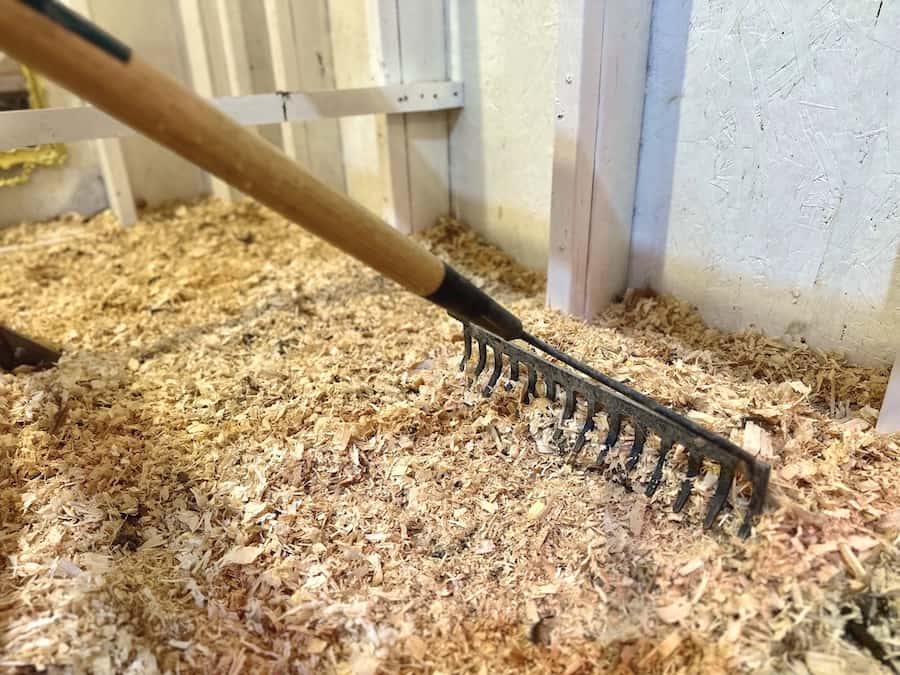
The Deep Litter Method is a composting and bedding management technique that involves continually adding fresh bedding materials on top of existing bedding rather than completely removing and replacing it. Over time, these added layers of bedding materials, which typically include straw, pine shavings, hemp bedding and other organic materials, break down through natural processes such as decomposition and microbial activity. This gradual decomposition creates a rich and fertile composting environment that serves multiple purposes within the chicken coop.
Benefits of the Deep Litter Method
The Deep Litter Method has many advantages. Here are some of our reasons why this method can be beneficial to chicken owners.
- Natural Composting: The Deep Litter Method essentially turns your chicken coop into a natural composting system. As the bedding materials decompose, they create nutrient-rich compost that can be used in your garden or on other plants. This not only reduces waste but also provides a valuable resource.
- Cost-Effective: By continually adding fresh bedding on top of the existing layers, you reduce the need to purchase and replace bedding materials frequently. Over time, this can help you save money.
- Less Labour-Intensive: Compared to replacing the bedding frequently, the Deep Litter Method is less labour-intensive. While you still need to add fresh bedding periodically, it does not require as much effort as fully replacing all the bedding.
- Warmth and Insulation: This method is great for the winter months when the weather and coop are colder. The decomposing materials generate heat as they break down, providing additional warmth in the coop.
- Waste Reduction: Implementing the Deep Litter Method reduces the amount of waste generated in your coop. This lessens the volume of materials that need disposal, contributing to a more sustainable and eco-friendly approach to coop management.
- Economic Savings: By creating your own compost through the Deep Litter Method, you can save money on purchasing commercial fertilizers or mulch for your garden or landscaping needs.
How to Do the Deep Litter Method
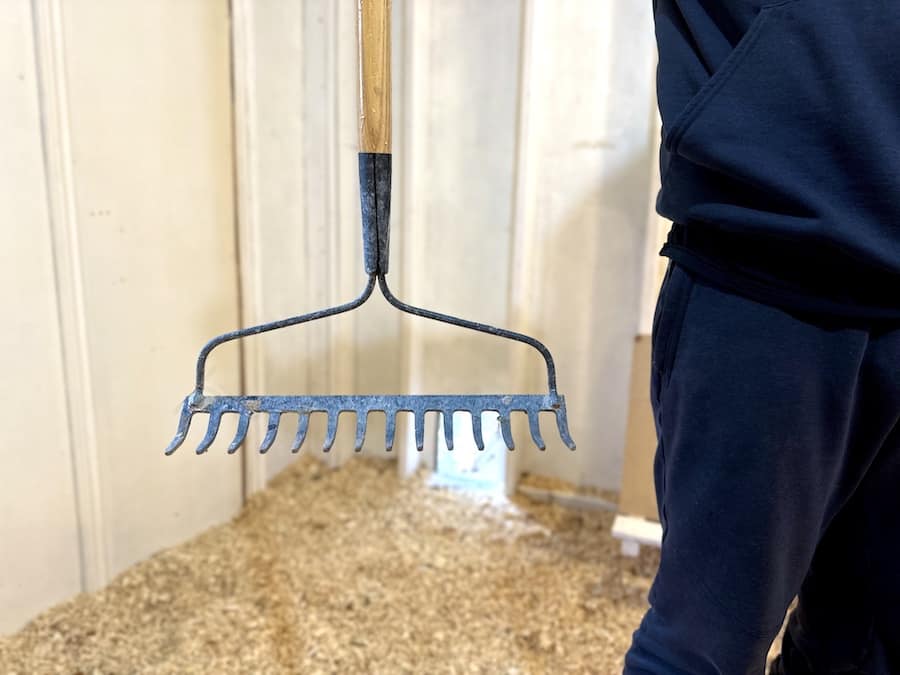
To do the Deep Litter Method, you first start by spreading a layer of suitable bedding material, such as straw, leaves, wood shavings or hemp bedding, on the coop floor. This initial layer should be around 4-6 inches thick.
As your chickens do their business, the initial layer will slowly begin to break down. You then regularly add a thin layer (1-2 inches) of fresh bedding materials on top of the existing layer. This can be done every one to two weeks or as needed.
Use a pitchfork, rake or whichever similar tool you have, and start to turn and aerate the bedding regularly. This helps distribute oxygen and maintains a healthy decomposition process. Repeat the process every 1 to 2 weeks until it is time to deep clean the coop.
Note: When doing the Deep Litter Method, it is important to maintain and monitor the moisture levels. It is okay for the bedding to have a bit of moisture as this is needed for decomposition. However, accessive moisture can pose a threat to your chicken’s health. Wet litter can lead to respiratory issues, bacteria and mould growth, coccidiosis and bumblefoot. If the bedding gets too wet, remove the wet area and add in dry bedding.
When to Implement the Deep Litter Method
The Deep Litter Method can be implemented at any point throughout the year, but it’s especially beneficial during the fall and winter seasons when chickens spend more time inside the coop due to cold weather. The added bedding layers create warmth and insulation, helping to keep the coop comfortable for your flock. However, even in warmer months, the Deep Litter Method can still be applied to reduce labour, save on bedding costs, and create valuable compost. The frequency of adding fresh bedding and aeration may vary based on the specific needs of your coop and the number of chickens you have.
We begin this method in October and continue throughout the winter season to provide insulation for the coop, which is necessary during our harsh Canadian winters. Once spring arrives, we perform a thorough cleaning, removing all the bedding and using it to create compost for our garden.
Ways To Reuse Deep Litter Bedding
When it comes time to deep clean your coop, the bedding materials from the Deep Litter Method can be repurposed as valuable resources, benefiting both your garden or landscape and the environment. This method not only promotes sustainable waste management but also provides economic savings and contributes to the overall health of your garden or plants. Here are a few ideas of what to do with the leftover bedding.
- Compost & Fertilizer: The decomposed bedding materials make excellent compost and fertilizer. The nutrient-rich compost can be used as a natural fertilizer for your garden or landscape, which helps to enrich your garden soil by improving its fertility, promoting healthier plant growth and providing a sustainable alternative to chemical fertilizers.
- Garden Mulch: Spread the composted bedding as a mulch in your garden. It helps retain soil moisture, suppress weeds, and regulate soil temperature, creating optimal conditions for your plants.


